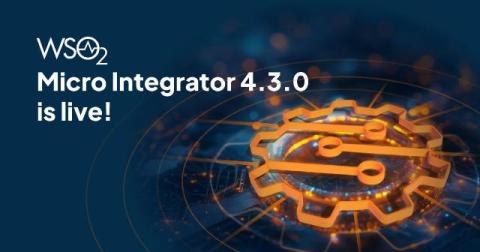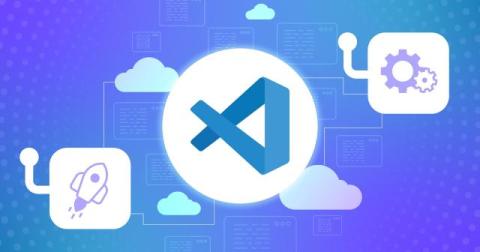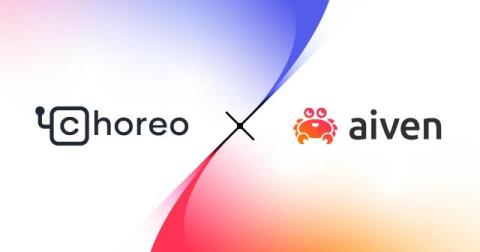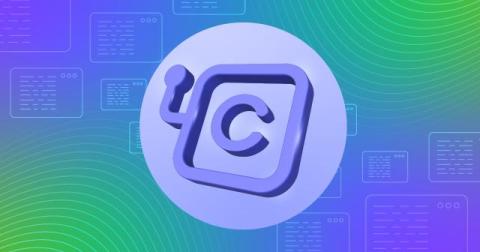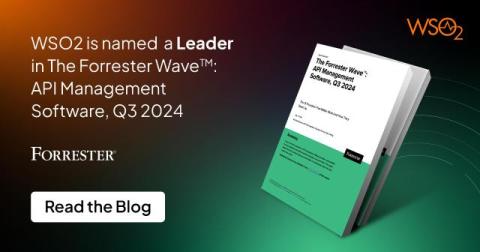Unlocking the Power of Data: Beyond Compliance with Open Data
Far from being a mere byproduct, data is a hidden gem for any organization. While it's often seen as a technical hurdle, data is actually a powerful business tool. To stay ahead of the curve, companies need to transform into information-driven powerhouses that leverage data as the bedrock of strategic decisions. By recognizing the value of their data and fostering a culture of open information exchange, organizations can unlock a wealth of potential for improvement.




